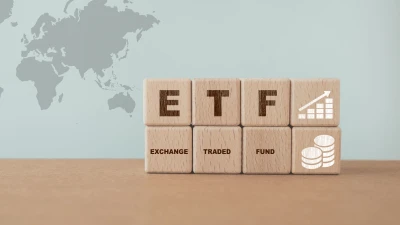T. Rowe Price praises Australian inflation resilience


T. Rowe Price has retained its overweight to Australian equities as the economy is proving more resilient to inflation than other global markets.
The firm moved overweight last month after eight months in neutral positioning and said the earnings expectations looked good for the market.
Inflation in Australia was 5.1% which compared to 6.3% in the US and 9% in the United Kingdom.
In a monthly update, the firm said: “The domestic economy [in Australia] proved to be more resilient to the inflation risk and a beneficiary of geopolitical tensions. Earnings are revised higher, valuations are improving and the domestic markets appear isolated from the external risks. Housing market will be a risk to worry about at a later stage”.
Other positives included the tight labour market, healthy savings rates supporting a recovery in consumer spending and reasonable earnings expectations, particularly for materials and financials.
However, there were some negative aspects, such as deteriorating business and consumer confidence and an “unpredictable” policy by the Reserve Bank of Australia which was adding to volatility.
There were no major changes to any part of T. Rowe Price’s positioning this month with the firm remaining underweight to equities and bonds and overweight cash and alternatives. There was a modest reduction of the Chinese overweight due to short-term headwinds and a move to neutral on Japan given the slowdown in the global recovery.
Recommended for you
Two former senior Global X employees have launched their own ETF provider, ETF Shares, focused on offering index ETFs for advisers and retail investors.
With GCQ Funds Management and Lakehouse Capital making their recent ETF debuts, the two fund managers unpack why financial advisers are essential to their respective launches.
ETF provider Global X is set to launch its latest ETF, focused on artificial intelligence infrastructure.
Index provider MSCI has unveiled two measures to make it easier for financial advisers and wealth managers to access transparent insights into private assets.















